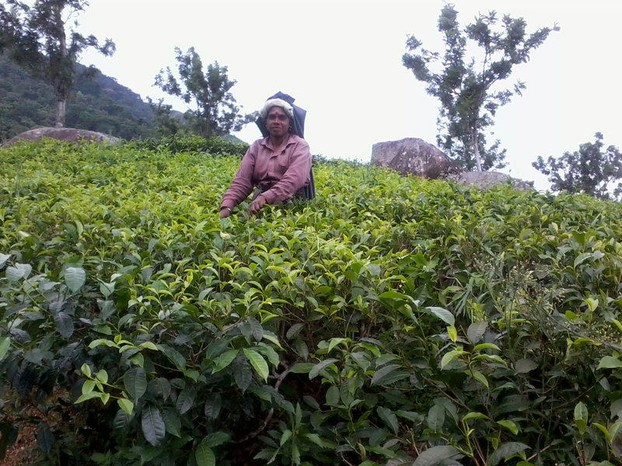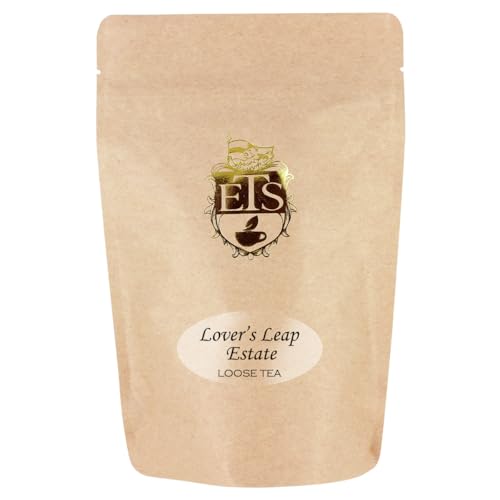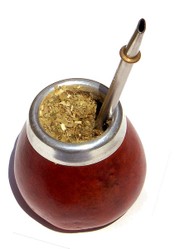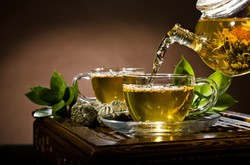In 1852 a British tea planter by the name of James Taylor arrived in Sri Lanka.
15 years later in 1867 he introduced tea plantations to the tiny island when he opened the first tea plantation in Kandy called Loolecondera Estate. It was these tea plantations that began producing one of the finest teas in the island known as Ceylon tea.
James Taylor not only paved the way for more tea plantations to be established but also better roads, railroads, beautiful mansions called bungalows and tea factories to be constructed in isolated areas of the country normally covered in forests and waterfalls.



















 The Japanese Kimonoon 12/23/2012
The Japanese Kimonoon 12/23/2012
 Zumba Dance Workouton 12/23/2012
Zumba Dance Workouton 12/23/2012
 Perfumes and Fragranceson 12/23/2012
Perfumes and Fragranceson 12/23/2012
 Nina Ricci Floral Perfumes for Womenon 12/23/2012
Nina Ricci Floral Perfumes for Womenon 12/23/2012



Comments